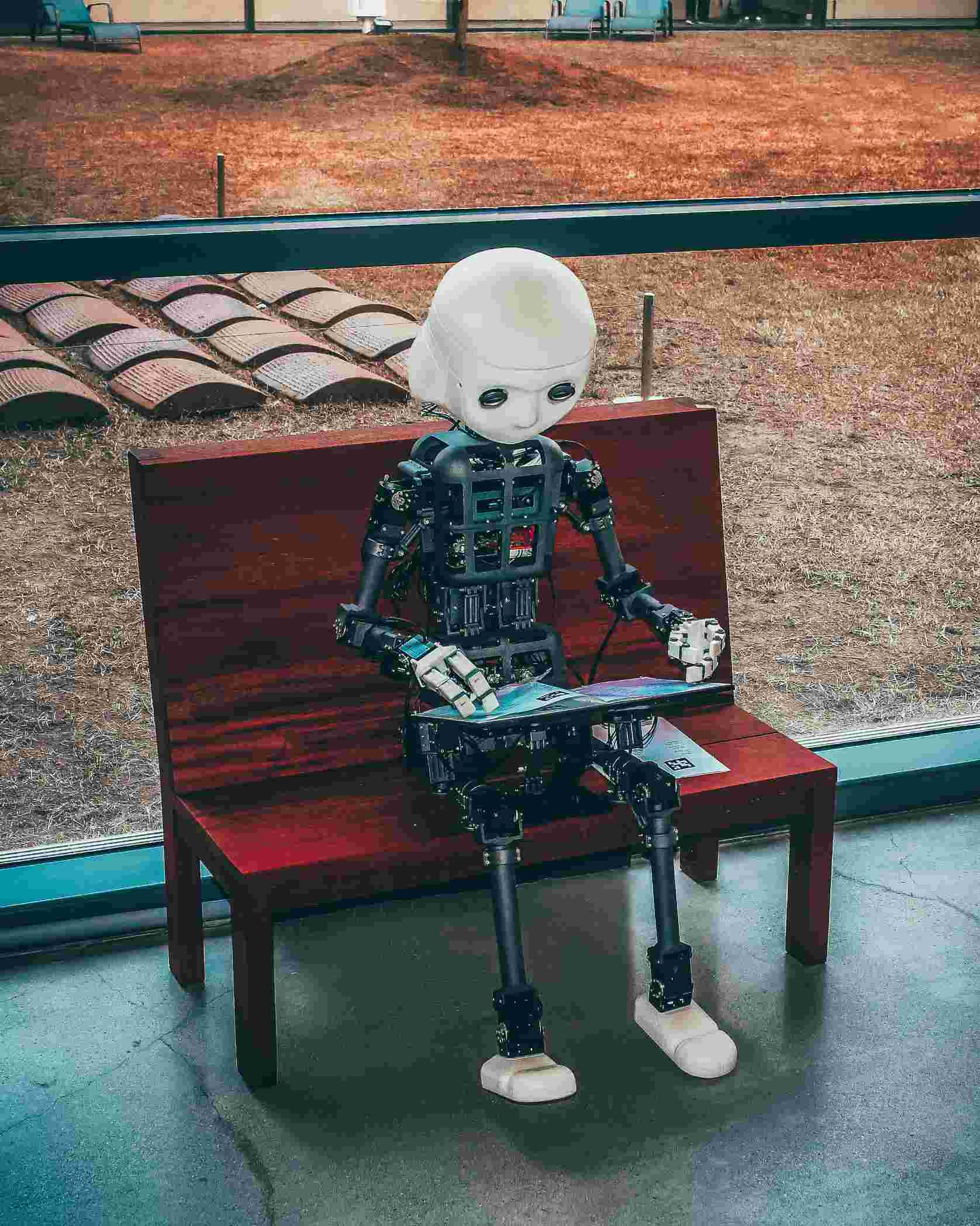Decentralized Social Graphs and the Future of Online Identity
A deep dive into the Web3 Social Graph. Learn how protocols like Farcaster and Lens are creating a decentralized foundation for social media where users own their data and connections.

For the past fifteen years, our digital identities have been trapped in walled gardens. Your "social graph"—the network of your friends, followers, posts, and interactions—is one of your most valuable digital assets, yet you don't own it. It's owned by platforms like Facebook, Twitter, and TikTok. If you leave the platform, your social graph disappears. If they change their algorithm, your reach vanishes. You are a digital serf, building value on land you do not own.
The Web3 Social Graph is a revolutionary movement to change this. It aims to create a new, decentralized foundation for social media where users, not platforms, own and control their data and identity. By building the social graph on open, permissionless protocols, Web3 is paving the way for a more resilient, innovative, and user-centric social media landscape. This guide explores how this new model works, the leading protocols building it, and its profound implications for the future of online identity.
The Problem with Web2 Social Graphs
The current social media landscape, dominated by a few massive platforms, has several fundamental flaws that stem from its centralized architecture.
- Centralized Control and Censorship: A single company owns the graph and controls the rules of engagement. They can unilaterally change their API, alter their content moderation policies, or de-platform users and applications without due process.
- Data Silos and Lack of Portability: Your social graph is locked into one platform. You can't take your Twitter followers to a new, competing application. This creates an enormous moat for incumbent platforms and stifles competition.
- Exploitative Monetization: Because you don't own your data, the platforms are free to monetize it by selling your attention to advertisers. Your data is the product.
- Stifled Innovation: The high barrier to entry for new social apps is immense. To compete with Facebook, you would need to rebuild a social graph of billions of people from scratch. This discourages experimentation and cements the dominance of the existing players.
The Web3 Solution: An Open, Composable Graph
A Web3 social graph protocol fundamentally re-architects this relationship by separating the data layer from the application layer.
- The Protocol Layer (The Graph): This is an open, decentralized network where the core social data is stored. Your identity (your profile), your content (your posts), and your connections (your followers) are recorded on a public blockchain or a decentralized network of nodes. This data is controlled by you, via your cryptographic keys.
- The Application Layer (The Clients): Anyone can build a frontend application or "client" on top of this shared social graph. This leads to a vibrant and competitive ecosystem of different apps, all tapping into the same underlying user-owned data. It's like having many different Twitter clients (TweetDeck, Twitterrific, etc.), but for a truly decentralized network.
A user could create their profile and build their following on one client, and then seamlessly switch to another client, taking all their data, content, and followers with them. The power shifts from the platform to the user.
Leading Web3 Social Protocols: A Tale of Two Architectures
Two projects are at the forefront of building the open social graph, each with a slightly different architectural philosophy.
1. Farcaster: The "Sufficiently Decentralized" Approach
- Architecture: Farcaster uses a pragmatic hybrid approach. Your identity is an NFT you control on the Ethereum Layer 2 network, Optimism. This on-chain identity is your permanent, self-sovereign account. However, your high-frequency social data—your posts ("casts"), likes, and follows—is stored off-chain on a peer-to-peer network of servers called "Hubs."
- The Trade-off: This design prioritizes a good user experience. Storing every "like" on a blockchain would be slow and expensive. By handling social data off-chain, Farcaster feels as fast and responsive as a Web2 app, while still anchoring the core identity and ownership on-chain.
- Ecosystem: This architecture has fostered a vibrant ecosystem of clients built on top of the Farcaster protocol. Warpcast is the most popular "Twitter-like" client, but dozens of others exist, each offering a unique user experience—from a Reddit-style client to a client focused on long-form content.
2. Lens Protocol: The "Fully Composable" Approach
- Architecture: Lens, built by the team behind Aave, takes a more "fully on-chain" approach on the Polygon blockchain. On Lens, everything is an NFT.
- Your profile is an NFT.
- When you follow someone, you are minting a "Follower NFT."
- When you publish content, other users can "collect" it, minting it as an NFT.
- The Trade-off: This makes the entire social graph extremely "composable" or programmable. Because every social action is an on-chain token, developers can build novel applications that use this social data in fascinating ways.
- Practical Insight: Social-Based DeFi: A developer could build a lending protocol that gives you better loan terms based on your on-chain reputation (e.g., the number of high-quality Follower NFTs you have). A project could airdrop tokens only to the collectors of a specific post. The possibilities for programmatic interaction are endless.
Why Does This Matter? The Future of Online Identity
The development of a decentralized social graph is one of the most important undertakings in the Web3 space. It's about more than just rebuilding Twitter on a blockchain; it's about building a future where:
- Users Own Their Digital Identity: Your online persona, your audience, and your content are yours. You can't be de-platformed, and you can take your identity anywhere.
- Innovation is Unleashed: By creating a shared, open data layer, the barrier for new developers to build innovative social applications plummets. This will lead to more competition, more experimentation, and a better user experience for everyone.
- New Monetization Models Emerge: Creators are no longer beholden to the ad-based models of Web2. They can monetize their work directly through crypto-native tools like NFTs, social tokens, and token-gated content, fostering a more direct and equitable relationship with their audience.
The journey towards a fully decentralized social media landscape is still in its early days. The user experience can be clunky, and the challenges of content moderation in a decentralized environment are significant. However, the development of a robust, open social graph is a critical step towards fulfilling the original promise of the internet: a permissionless space for connection, creativity, and user empowerment.
Frequently Asked Questions
1. What is a "social graph"?
A social graph is the map of your connections and interactions on a social network. It includes who you follow, who follows you, your posts, and your likes. In Web2, the platform owns your social graph. In Web3, you own it.
2. How does a Web3 social graph work?
It separates the data layer from the application layer. The core data (your identity, followers, etc.) is stored on a decentralized protocol that you control with your crypto wallet. Anyone can then build a frontend "client" or app on top of this shared data, leading to a competitive and interoperable ecosystem. This is explained in detail in our Web3 social graph overview.
3. What are Farcaster and Lens?
Farcaster and Lens are the two leading protocols for building a decentralized social graph. Farcaster uses a hybrid on-chain and off-chain model for a better user experience. Lens takes a more "fully on-chain" approach where every social action is an NFT, making it highly composable. They are at the heart of the SocialFi movement.
4. What does "composability" mean in this context?
Composability means that because the social graph data is open and on-chain, developers can easily build new applications that "compose" or combine this data in novel ways. For example, a DeFi app could use your on-chain social reputation from Lens to offer you a loan.
5. What does this mean for the future of online identity?
A decentralized social graph is a key building block for Decentralized Identity (DID). It allows you to build a portable, user-owned reputation and identity that is not locked into any single platform, giving you more control and freedom in your digital life.


